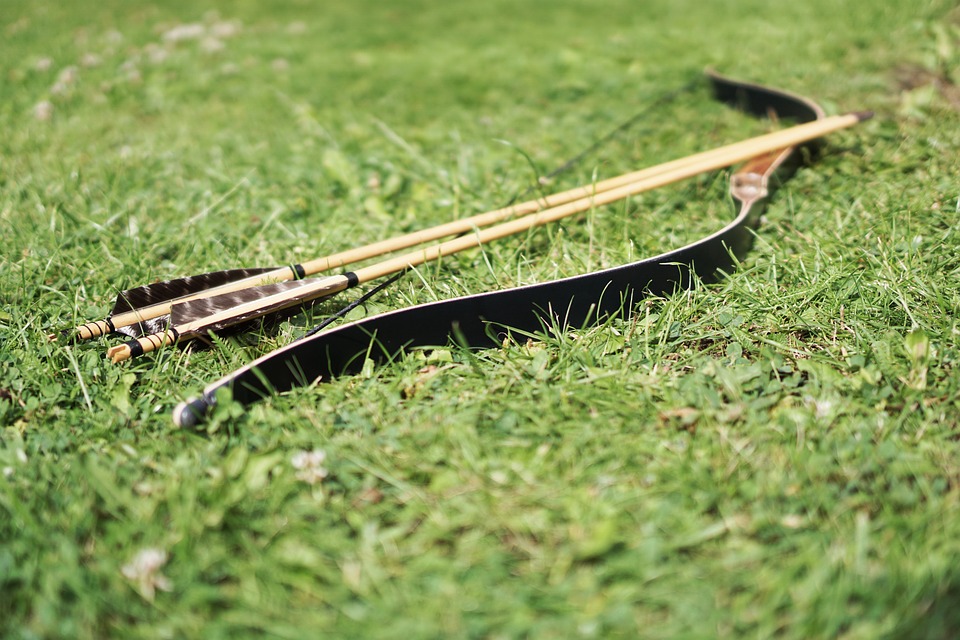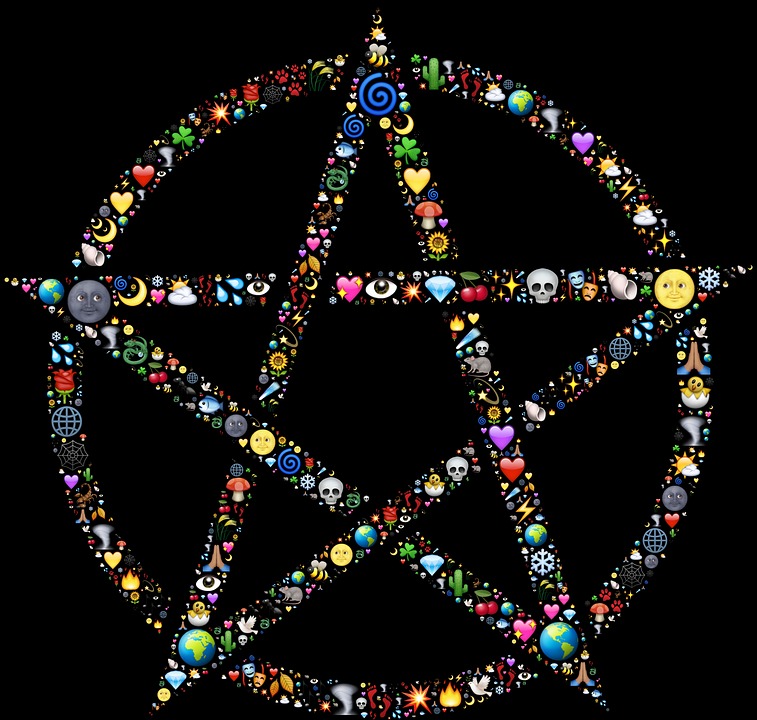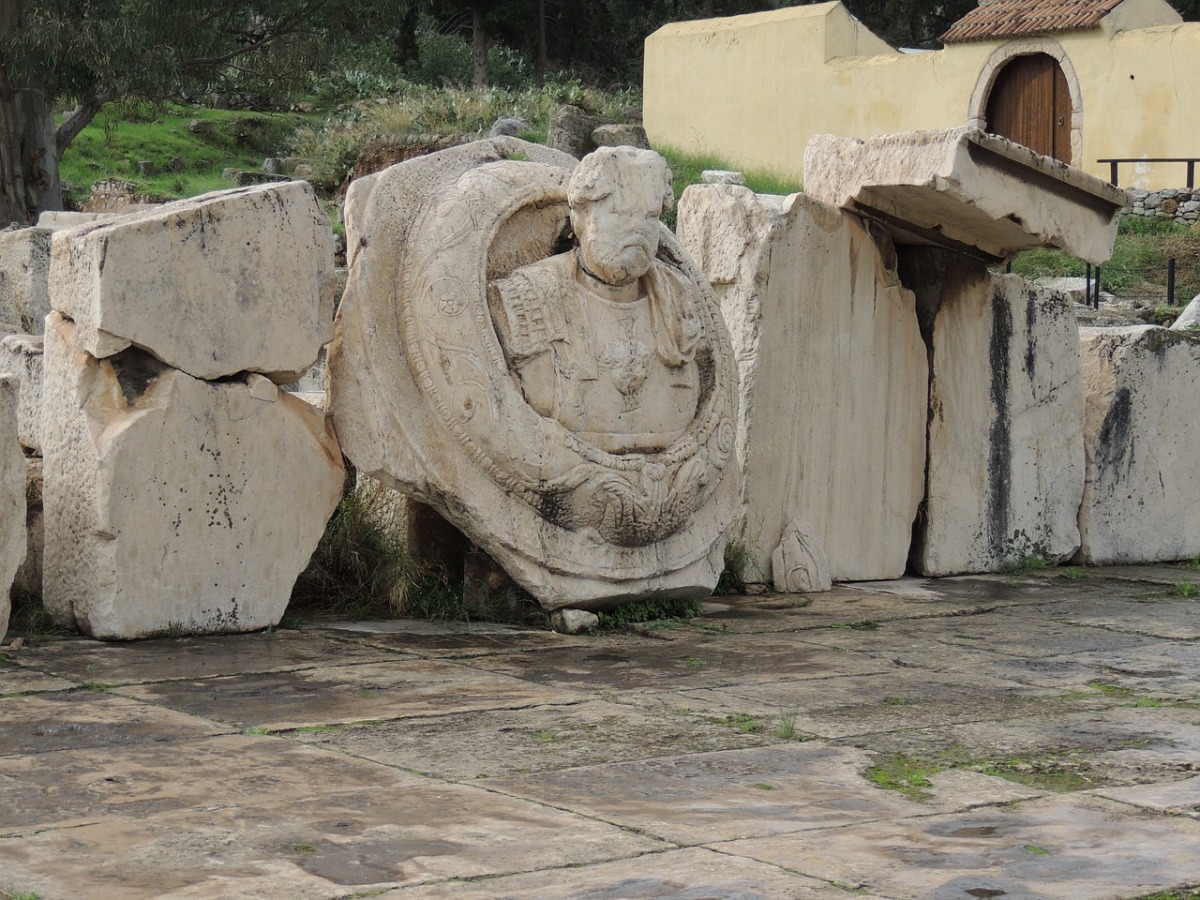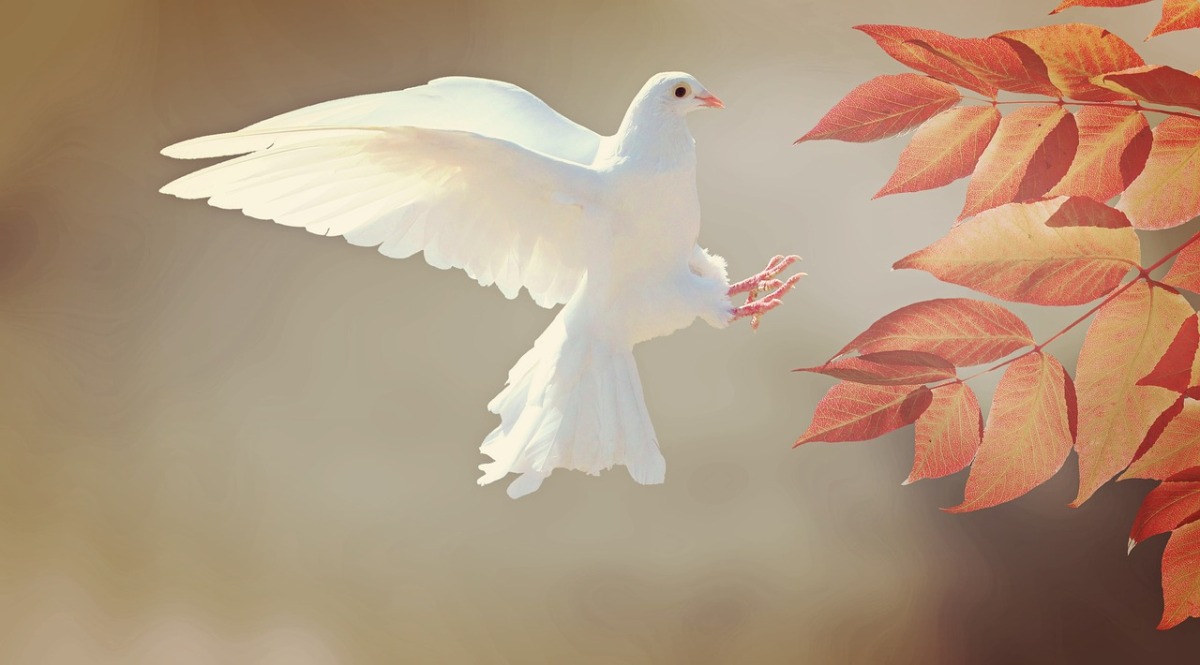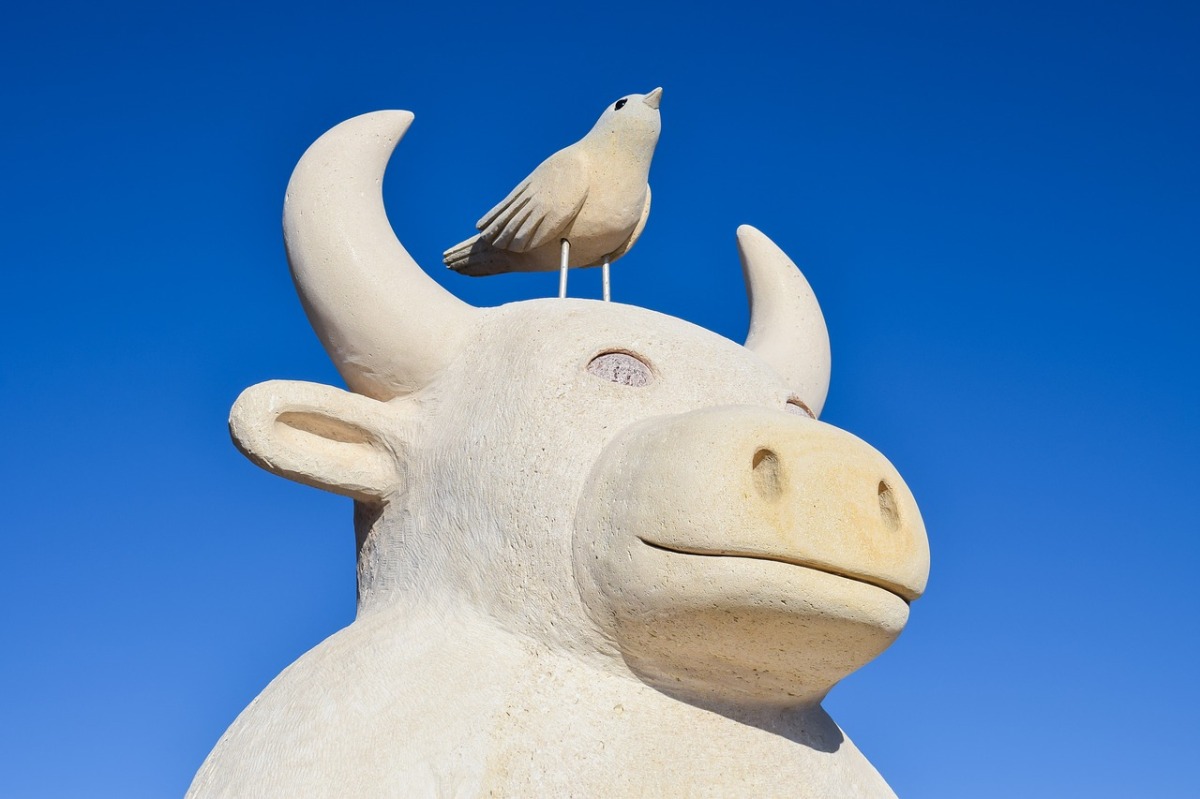God of fishermen. Fon [Benin, West Africa]. Statues of this deity, in a sitting position, were placed on the beaches and fishermen and local elders sacrificed to them annually to ensure a good season of catches.
Tag: were
Finn Mac Cumhail
by Amy M. Durante
Finn was the legendary Irish hero and leader of the Fianna. Tales of Finn and the Fianna were widely documented in the 3rd century CE during what is now referred to as the Fenian Cycle, although much earlier written accounts have also been found in ancient Irish manuscripts.
Hey! Isn’t That Christmas Star a Pentacle?
by Ambrose Hawk
Isn’t that Star of Bethlehem a Pentagram?
Well, of course it is.
Just as the Saxon Eostra (or whatever spelling catches your fancy) lent her rabbit and name in English to Pasch. Also, the day of Christ’s Mass is actually the festival of the birthday of Mithra; many of the honorifics bestowed on Mother Mary were originally those of pagan goddesses, and St. Brigid arose from the desire to anoint the stories and virtues of the old Celtic Goddess. Far from shocking the Christian, these facts should affirm to him or her that there is, in truth, only one Deity to whom all paths which are followed in love and in humble sincerity must lead.
Continue reading “Hey! Isn’t That Christmas Star a Pentacle?”
Color Therapy – Magic or Medicine?
by Amanita
Reproduced from _The Bard_, Vol. 1, No. 2 – Imbolc 1980
Although occult tradition tells us that color was used therapeutically in ancient times for a wide variety of mental and physical afflictions, today there is scant remaining information on the subject. We find from what is left however, that the healing priesthood of ancient Egypt utilized “color halls” where they researched the science of light and color therapy. The Greeks as well, experimented with it, and believed that color was absorbed by the body through the eye. The seven hues of the visible spectrum were considered representative of the seven fold nature of mankind, and corresponded to the seven chakras in Ayurvedic (Hindu) medicine also.
Latiaran
by Almut Wille
The youngest of a goddess triad, Latiaran (“Breast of Light”) is the death bringing crone goddess of the harvest. When she was later on christianized, her feast day was July 25th or the Sunday closest to it. A story already from Christan times tells that she went to a smithy every morning to bring “the seed of fire”. When the smith told her she had pretty feet, she vainly looked down, and her apron caught fire. Although her clothes were burning, she was not hurt. Then she sank into the ground, below a heart-shaped stone, never to be seen again. Her older sisters are called Inghean Bhuidhe and Lasair.
Idaea
by Dr Alena Trckova-Flamee Ph.D.
The name Ida or Idaea (Idaia) appeared in the Greek myths as the name of two nymphs who were living in various places. The first nymph lived on Ida, which is the highest point of Crete (in modern times called Mount Psiloritis 2456m) and the second one was living on Mount Ida (now named Kaz Gagi 1774m) in ancient Phrygia near Troy, in the north-western region of Turkey. Ida, -idi means in the Greek language the wooded mountain, so this word became the name of the mountains as well as the name of these female divinities; the nymphs who were — according to the myths — living on Mount Ida.
Eleusis
by Dr Alena Trckova-Flamee Ph.D.
Eleusis is the place, where the cult of the goddess Demeter existed many centuries and where the most famous religious festival, called the Eleusinian mysteries were performed in the honour of this deity. According to the “Homeric Hymn to Demeter” (7th century BCE), when the goddess Demeter was desparetely looking for her daughter (=Kore) Persephone -kidnapped by Aidoneus (Hades)- during her wandering she came to the city Eleusis. Here she was welcomed by the Queen Metaneria. To thank her, Demeter took care about prince Demophon. Each night she brought the boy near the fire to make him immortal and she fed him with the nectar and ambrosia of the Gods. When the child´s mother saw once at night what was happening, she was astonished.
Dove Goddess
by Dr Alena Trckova-Flamee, Ph.D.
Without doubt birds, and especially doves, played an important role in Minoan belief. According to a current interpretation, doves could be understood as embodiment (epiphany) of a divinity, a representation of a goddess in a bird form nearby her sacred place – a shrine or on a tree. This idea can be supported with literature: according to Homer the goddess was able to take on the shape of a bird. From the Early Minoan period the libation vases and amulets or models in a bird form existed in Crete and they were used for a ritual reason. We can observe a shape of bird even among the signs on the famous Phaistos Disc. The clay models of birds and their images on the ritual vessels are also amongst the regular furnishings of the shrines like those at Knossos, Gournia or at Karphi. The type of these birds has been a subject of long discussions between scholars, but usually they are considered as representing doves.
Kusarikku
by Adam Lombard
The Mesopotamian bull-man, human above the waist and a bull below. Continue reading “Kusarikku”


